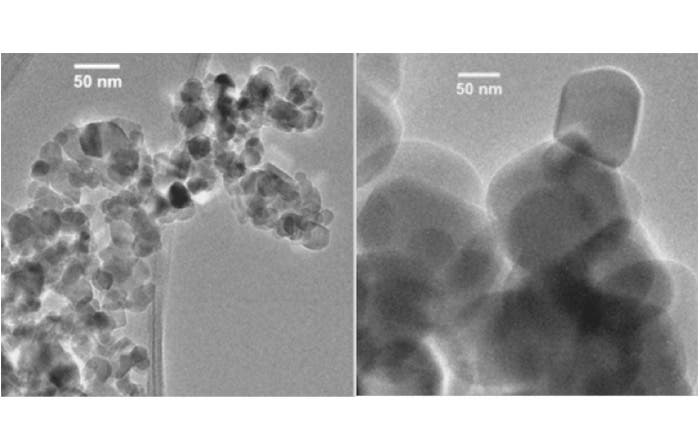A pilot study from The University of Texas at Austin suggests white paint and Type 2 diabetes might be linked.
In the mid-20th century, titanium dioxide (TiO2) overthrew lead-based compounds (which were really toxic) as the go-to white pigment. Today, it’s the most widely used white pigment, mixed into everything from food and medication to plastic and paper. We rely on this substance a lot, as we’re producing in excess of 9 million metric tons of the stuff per year.
However, the pigment may not be as harmless as we’ve believed. Preliminary research has found TiO2 crystals embedded in pancreas tissue afflicted with Type 2 diabetes (T2D).
The white tint of diabetes
The team worked with 11 pancreas specimens, 8 from donors with T2D and 3 from donors who didn’t have the condition. The specimens were provided by the Juvenile Diabetes Research Foundation nPOD at the University of Florida at Gainesville.
The last three samples didn’t contain any detectable levels of TiO2 crystals. The 8 specimens with T2D, however, all had TiO2 crystals embedded in their tissues. The researchers report finding over 200 million TiO2 crystallites per gram of TiO2 particles in the specimens of donors with diabetes.
It’s particularly suspicious to find TiO2 crystals in all of the T2D specimens since titanium dioxide doesn’t have any known role in human biology. Furthermore, while plenty of different salts and other metallic compounds have a role to play in our bodies, there is no known role for titanium salt or another type of titanium compound in our biochemistry.
“Our initial findings raise the possibility that Type 2 diabetes could be a chronic crystal-associated inflammatory disease of the pancreas, similar to chronic crystal-caused inflammatory diseases of the lung such as silicosis and asbestosis,” said Adam Heller, the study’s lead author.
Heller is a professor in the McKetta Department of Chemical Engineering in the Cockrell School of Engineering. He has had a life-long career of diabetes research, for which he received the National Medal of Technology and Innovation in 2007.
Statistics from the World Health Organization show that the number of diabetes patients has quadrupled over the past four decades, reaching some 425 million known cases today. T2D represents the majority of these cases.
Although rising obesity rates and higher average life expectancy (which means more people reach old age) are considered the main factors driving this increase in T2D, the team isn’t convinced. Heller suggests that the increased use of titanium dioxide during these past few decades may be a key, if overlooked, driver of the condition.
“The increased use of titanium dioxide over the last five decades could be a factor in the Type 2 diabetes epidemic,” he said.
“The dominant T2D-associated pancreatic particles consist of TiO2 crystals, which are used as a colorant in foods, medications and indoor wall paint, and they are transported to the pancreas in the bloodstream. The study raises the possibility that humanity’s increasing use of TiO2 pigment accounts for part of the global increase in the incidence of T2D.”
The findings, right now, are far from convincing — but they are, potentially, very far-reaching. This was only a pilot study, with a very limited sample; Heller will repeat the study using a larger sample.
The paper “Association of Type 2 Diabetes with Submicron Titanium Dioxide Crystals in the Pancreas” has been published in the journal Chemical Research in Toxicology.










